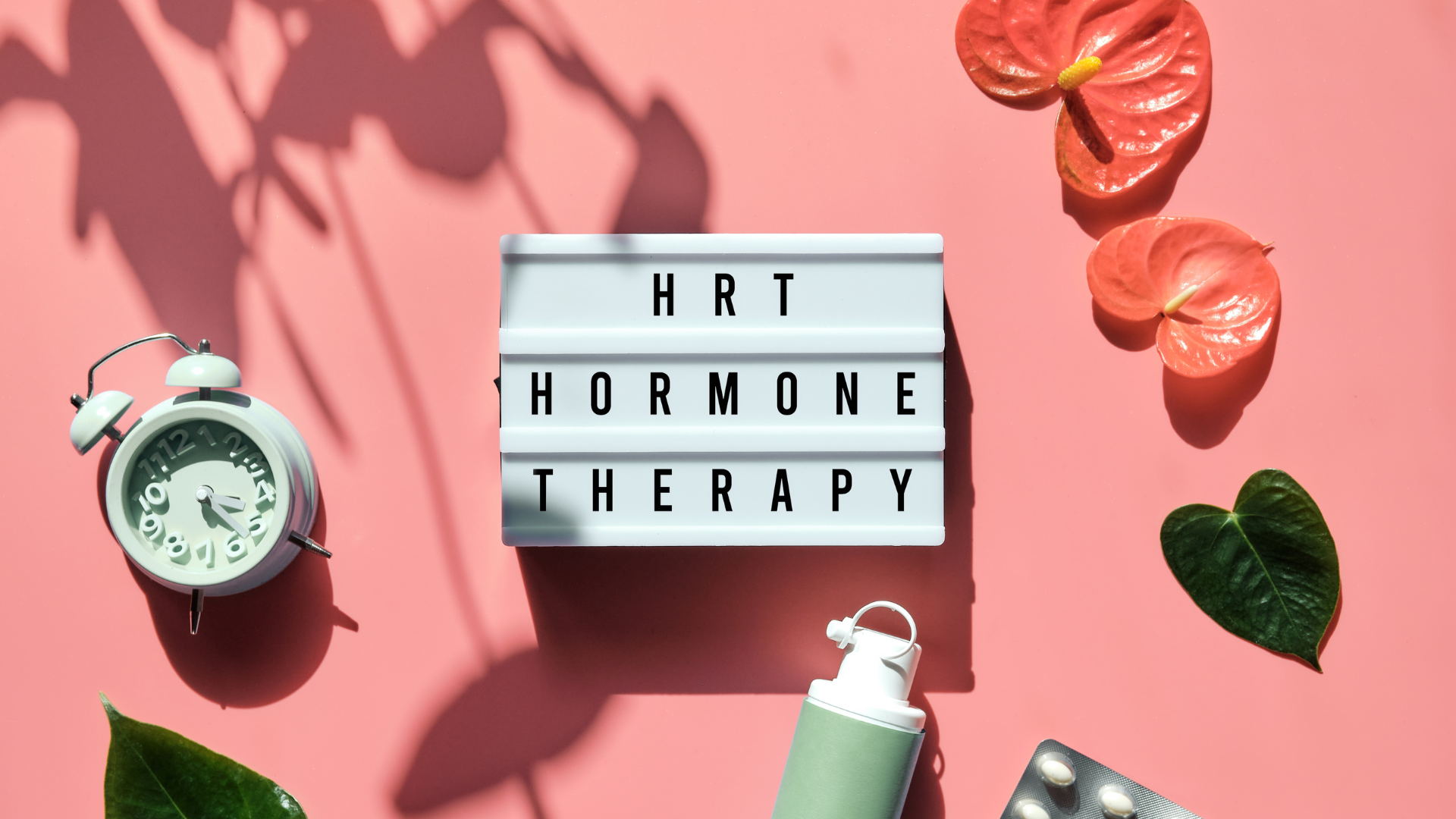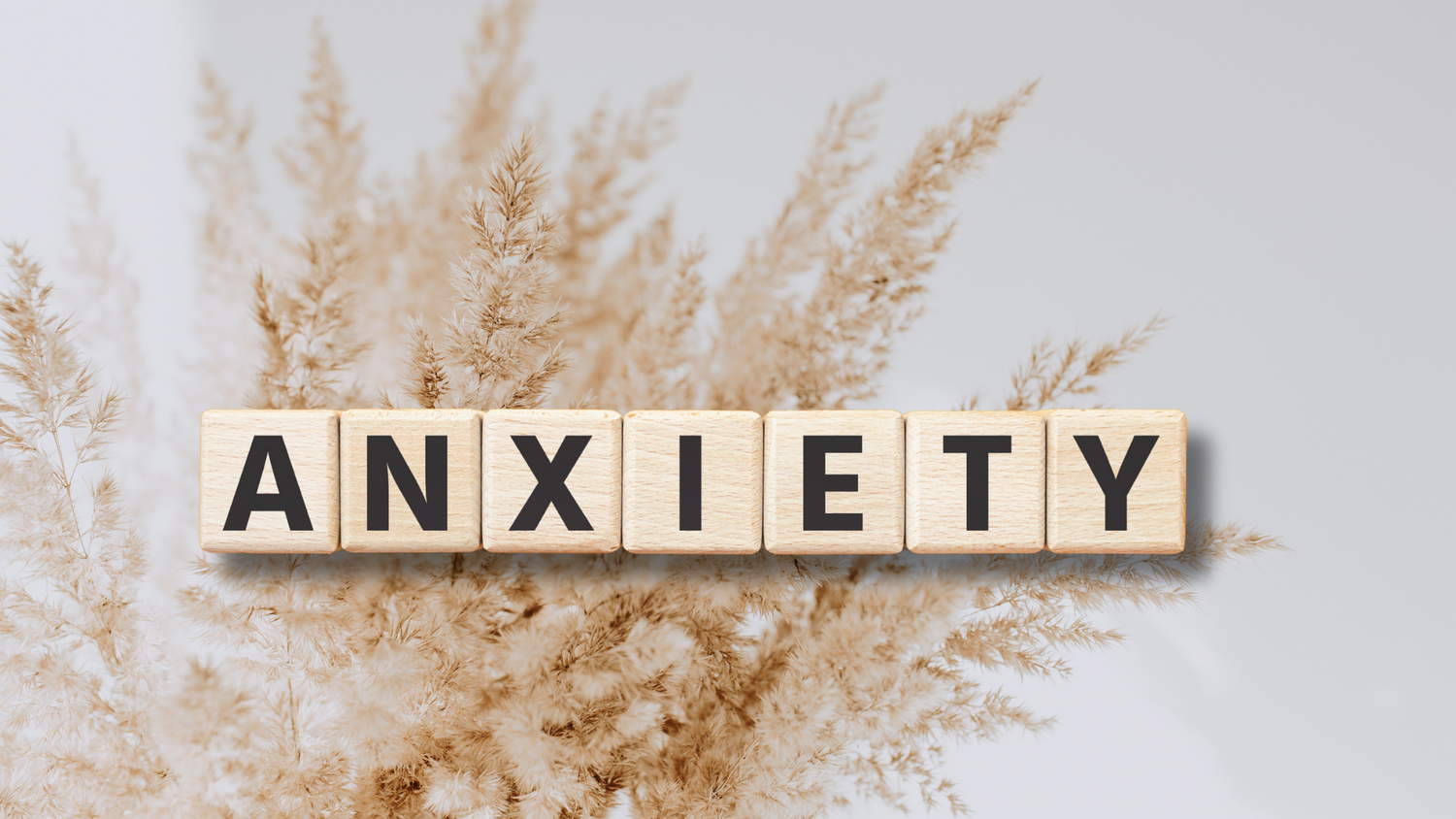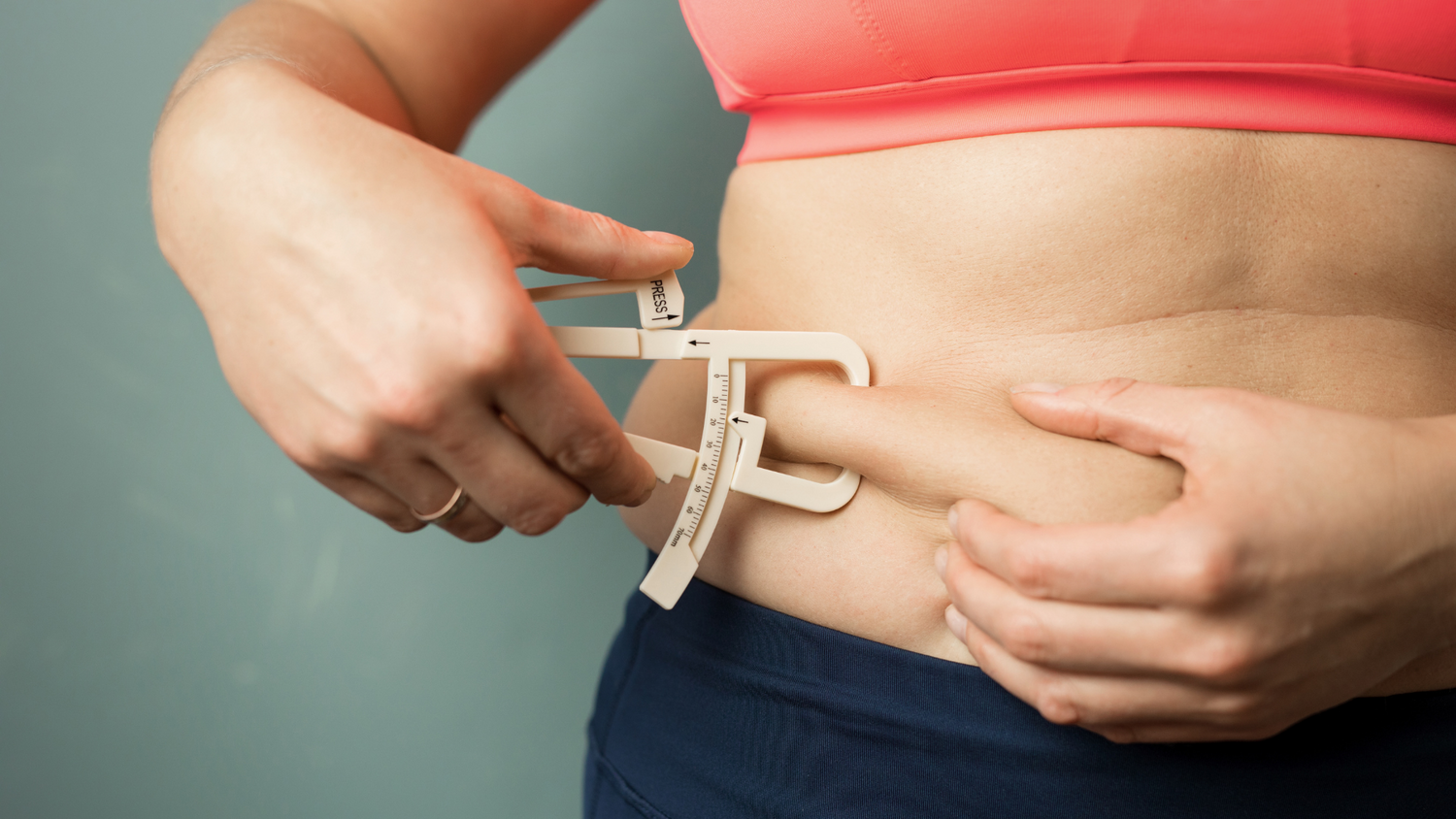HRT aims to supplement declining hormone levels and has different types tailored to individual needs. In this article, we will explore the various types of HRT available to women, including oestrogen-only HRT, combined HRT, transdermal patches and gels, intrauterine coils, and testosterone HRT.
- Oestrogen-Only HRT
Oestrogen-only HRT, as the name suggests, focuses on replacing the declining levels of oestrogen in the body. It is recommended for women who have undergone a hysterectomy, as they no longer have a uterus. This type of HRT can be delivered in the form of tablets, patches, or gels. Oestrogen is a crucial hormone responsible for maintaining bone density, cardiovascular health, and vaginal lubrication. By replenishing oestrogen levels, this therapy effectively reduces hot flashes, night sweats, and vaginal dryness experienced during menopause.
- Combined HRT
Unlike oestrogen-only HRT, combined HRT involves the replacement of both oestrogen and progesterone (a synthetic form known as progestin). It is recommended for women who still have their uterus intact. Progestin is included to counterbalance the stimulating effects of oestrogen on the uterine lining, reducing the risk of endometrial cancer. Combined HRT comes in various forms, such as tablets, patches, gels, or even intrauterine devices (IUDs).
- Transdermal Patches and Gels
Transdermal patches and gels are a popular delivery method for HRT. They provide a convenient way to administer hormones through the skin, bypassing the digestive system. Transdermal patches are usually applied to the skin once or twice a week, while gels are applied daily to the skin of the arms, shoulders, or thighs. Both methods offer a steady and consistent release of hormones into the bloodstream. They are well-tolerated and are beneficial for women who may have difficulties swallowing pills or experience gastrointestinal issues with oral HRT.
- Intrauterine Coils
Intrauterine coils, also known as intrauterine devices (IUDs), are small T-shaped devices inserted into the uterus to deliver progestin locally. They offer an alternative to traditional HRT methods, particularly for women who prefer a long-acting and reversible option. Intrauterine coils are effective in preventing endometrial hyperplasia, a condition that can result from unopposed oestrogen therapy. This form of HRT is particularly suitable for women who experience side effects from systemic progestin, as it allows for targeted delivery.
- Testosterone HRT
While oestrogen and progesterone are the primary focus of HRT, testosterone also plays a role in women's hormone balance. Testosterone HRT involves the supplementation of testosterone to improve mood, energy levels, and libido. Some women may experience a decline in testosterone levels during menopause, leading to symptoms such as reduced sex drive and fatigue. By incorporating testosterone HRT, these symptoms can be effectively managed, improving overall quality of life.
Benefits of HRT
HRT, regardless of the type, offers numerous benefits for women experiencing perimenopause and menopause:
- Symptom Relief: HRT helps alleviate common menopausal symptoms like hot flashes, night sweats, mood swings, and vaginal dryness.
- Bone Health: Oestrogen-based HRT helps maintain bone density, reducing the risk of osteoporosis and fractures.
- Cardiovascular Health: HRT may improve cardiovascular health by reducing the risk of heart disease and stroke.
- Vaginal Health: HRT can restore vaginal lubrication, making sexual intercourse more comfortable and enjoyable.
- Mood and Wellbeing: HRT can positively impact mood, energy levels, and overall sense of wellbeing.
As women transition through perimenopause and menopause, hormone fluctuations can cause a range of symptoms that affect their quality of life. Hormone Replacement Therapy (HRT) offers a valuable solution by replacing declining hormone levels and effectively managing menopausal symptoms.
However, it's crucial to acknowledge that HRT does have side effects, and its suitability varies from woman to woman. Every woman's hormonal profile and health status are unique, making individualised advice from your healthcare provider essential. While HRT can effectively alleviate menopausal symptoms, it's not without risks. The choice between different types of HRT, should be made with careful consideration of your medical history, existing health conditions, as well as your own personal preferences. Consulting with a qualified healthcare provider will ensure that the chosen HRT type and dosage are tailored to you.
Just because your best friend is on patches, doesn't necessarily mean you should be.
It's essential to consult with a qualified healthcare provider to determine the most suitable HRT type and dosage for you, every woman deserves to have a comfortable menopausal journey.





